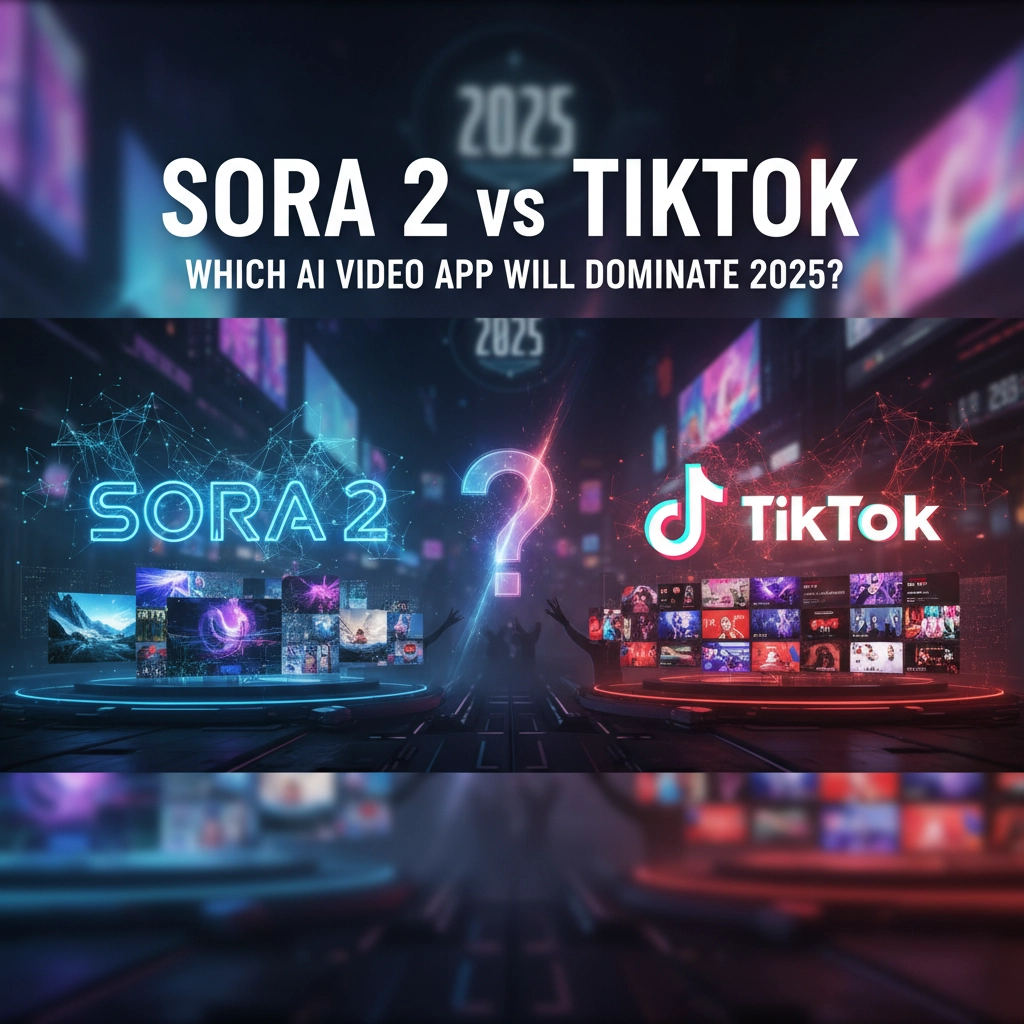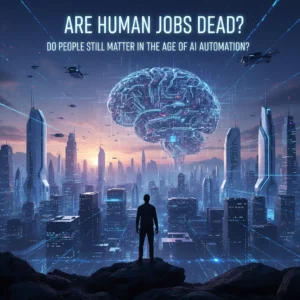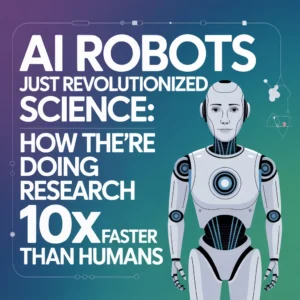Remember when everyone said TikTok would never beat YouTube? Well, here we are in October 2025, and OpenAI just dropped their Sora app last month, claiming it's the future of social video. But is this AI-only platform actually going to dethrone TikTok, or is it just another tech company throwing spaghetti at the wall?
Let's be real: we've seen this story before. Every few months, some new app promises to be the "TikTok killer." But Sora 2 is different. It's not trying to copy TikTok's homework. Instead, it's creating an entirely new category where every single video is AI-generated. No camera rolls, no real footage, just pure artificial creativity.
What Makes Sora 2 Actually Different
The Sora app isn't just another social media platform with some AI features sprinkled on top. It's built from the ground up for AI-generated content only. You literally cannot upload a video from your phone's camera roll: everything has to be created using OpenAI's Sora 2 model.
This might sound limiting, but the tech behind it is genuinely impressive. The new Sora 2 model has solved some major problems that made earlier AI videos look like fever dreams. Objects actually follow physics now, movements stay consistent across frames, and the audio syncs properly with what's happening on screen.
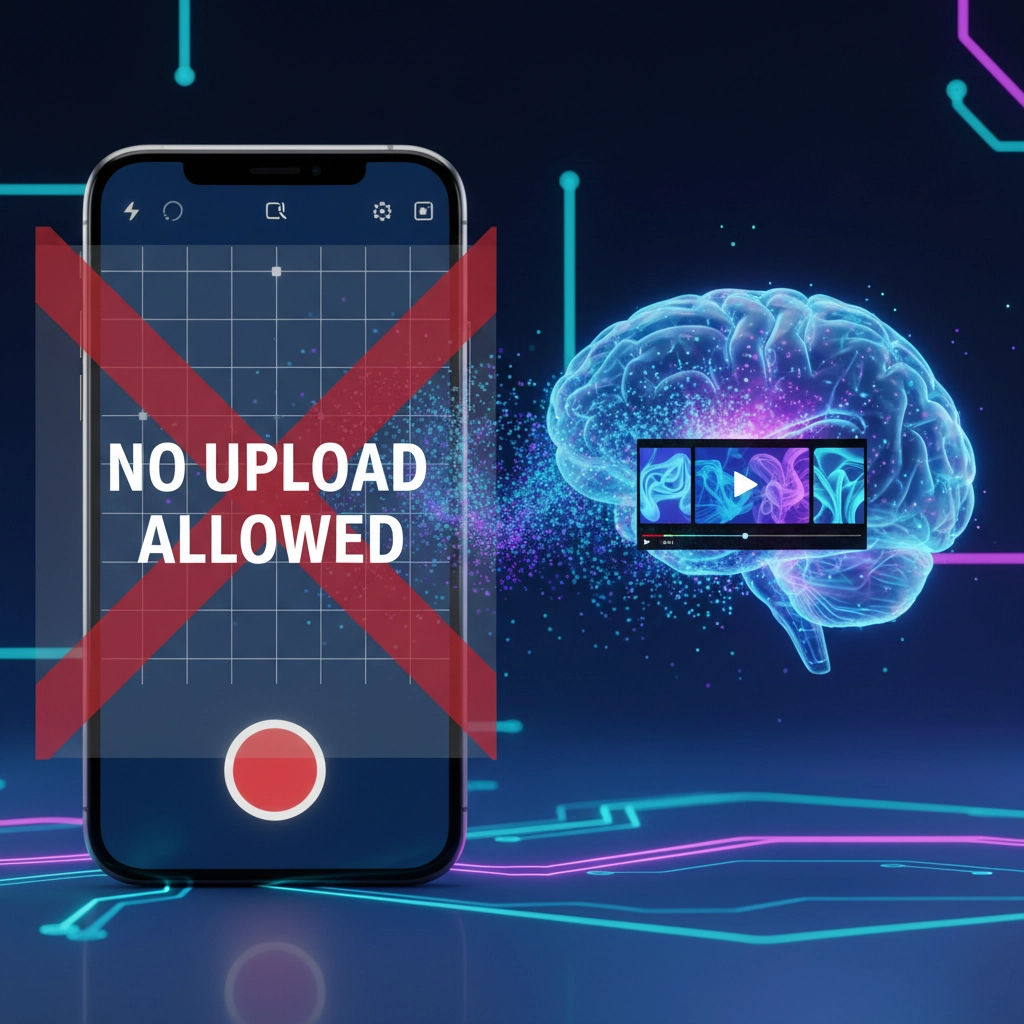
The coolest feature? The "cameo" system. You can insert your own face into AI-generated videos, but here's the kicker: you have complete control over who gets to use your likeness. If someone creates a video with your face and you don't like it, you can remove it. Try doing that with deepfakes on other platforms.
The app also lets you steer your feed using plain English. Instead of hoping the algorithm figures out what you want, you can literally tell it "show me funny videos with cats" or "I want to see cooking content." It's like having a conversation with your For You page.
TikTok's Not Going Down Without a Fight
Here's what most people don't realize: TikTok has been flooded with AI-generated content for months already. The platform rolled out generative AI features for advertisers back in June, giving them access to image-to-video and text-to-video tools. So while everyone's talking about Sora being the "AI video app," TikTok has quietly become one too.
But TikTok's approach is completely different. It's like a buffet where you can have traditional videos, AI content, or a mix of both. Creators aren't forced to choose: they can film their dog doing tricks and then use AI to create a fantasy sequel where their dog becomes a superhero.
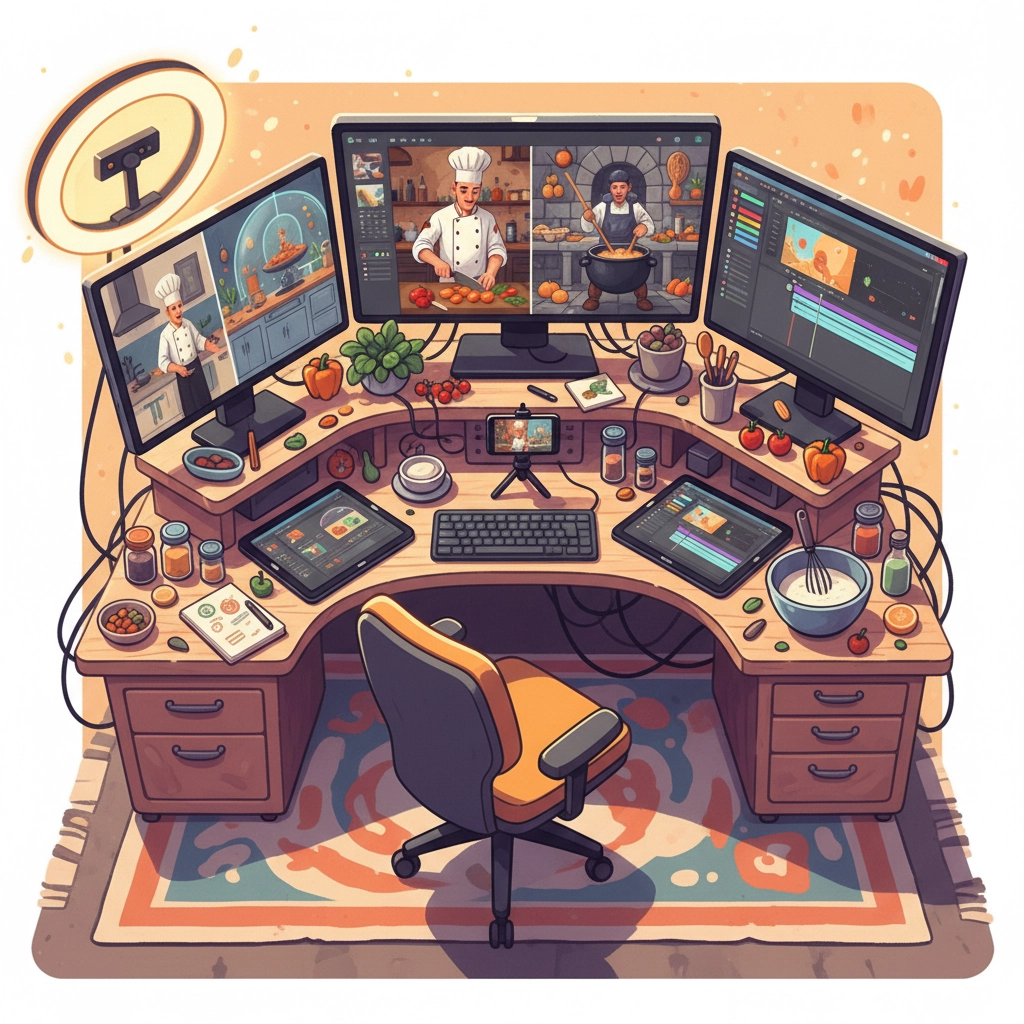
My friend Sarah's been experimenting with this hybrid approach. She films herself cooking, then uses AI to create alternate versions where she's cooking in medieval times or on Mars. The flexibility is incredible, and her engagement has never been higher. That's something you simply cannot do on the Sora app.
TikTok also has something Sora doesn't: a massive, established user base and a proven monetization system. Creators already know how to make money there. They've built audiences, learned the algorithm, and figured out what works.
The Numbers Game: Reach vs. Innovation
Let's talk about accessibility, because this is where things get interesting. The Sora app is currently invite-only and restricted to the US and Canada. It's also iOS-only, which immediately cuts out Android users (that's about 70% of global smartphone users, by the way).
TikTok? Available globally, works on everything, and you don't need a special invitation to join. From a pure numbers perspective, TikTok wins this round by a landslide.
But numbers don't tell the whole story. Sometimes the most innovative platforms start small and exclusive. Instagram began as a photo-sharing app for iPhone users only. Twitter was just a bunch of tech nerds talking to each other. The question isn't whether Sora can match TikTok's current reach: it's whether it can create something compelling enough to build its own massive audience.
Key Differences That Actually Matter
Here are the main ways these platforms differ in practice:
• Content creation: Sora requires zero filming skills but limits you to 10-second AI videos. TikTok lets you do whatever you want but requires actual content creation skills
• Audience: Sora attracts tech enthusiasts and AI experimenters. TikTok serves everyone from Gen Z dancers to cooking grandmas
• Monetization: TikTok has established creator funds and brand partnerships. Sora's monetization strategy is still unclear
• Quality control: Sora's AI generates consistently high-quality visuals. TikTok's AI content ranges from amazing to absolute garbage
• Creative control: TikTok offers unlimited creative freedom. Sora offers unlimited creative possibilities within AI constraints

The 10-second limit on Sora is particularly interesting. While TikTok videos can go up to 10 minutes, Sora forces creators to distill their ideas into ultra-short clips. This could lead to incredibly dense, creative content: or it could feel restrictive for creators used to longer formats.
The Regulatory Wild Card
Here's something that could completely change the game: TikTok's ongoing regulatory issues in the US. While Sora is launching with a clean slate, TikTok continues facing scrutiny from lawmakers who worry about data privacy and foreign influence.
If TikTok gets banned or significantly restricted in major markets, that could create a massive opportunity for alternatives like Sora. But that's a big "if," and TikTok has shown remarkable resilience in navigating these challenges so far.
What This Means for Creators and Brands
For content creators, the choice between Sora and TikTok isn't really about which platform will "win." It's about which tool serves your specific goals.
If you're someone who loves experimenting with cutting-edge technology and doesn't mind a smaller audience, Sora offers capabilities that literally didn't exist six months ago. You can create content that would have required a Hollywood budget just a few years back.
If you're focused on building a large audience, making money, or reaching diverse demographics, TikTok remains the obvious choice. Its established ecosystem means you can start monetizing your content immediately if you know what you're doing.

The smart money might be on using both platforms strategically. Create innovative AI content on Sora to push creative boundaries, then adapt those concepts for TikTok to reach larger audiences. It's not about choosing sides: it's about using the right tool for each job.
The Verdict: Evolution, Not Revolution
So which platform will dominate 2025? Plot twist: they probably both will, just in different ways.
TikTok will likely maintain its position as the go-to platform for short-form video content. Its flexibility, established user base, and proven business model are hard to beat. The integration of AI features makes it more powerful, not more vulnerable.
Sora represents something different entirely. It's not trying to replace TikTok: it's creating a new category for pure AI-generated social content. Think of it like how Instagram Stories didn't kill Snapchat but created a new way to share content.
The real question isn't which app will win, but how AI will reshape social media as a whole. We're seeing platforms like Meta's Vibes and YouTube's integration of AI-generated content. The future probably involves AI being seamlessly integrated into all social platforms, rather than one AI-focused app taking over everything.
What do you think; will you be experimenting with AI-generated content creation, or does the human touch still matter most to you in social media?

